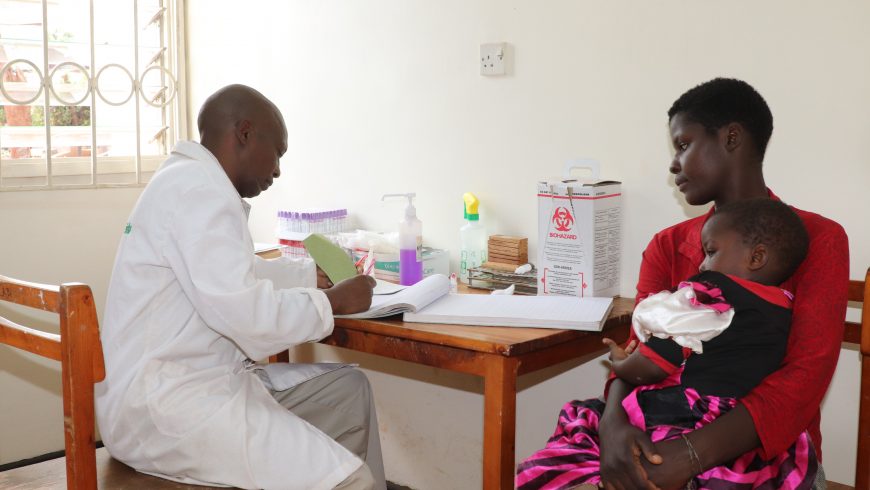Basic Facts About Tuberculosis

What is TB?
Tuberculosis (TB) is a disease caused by germs that are spread from person to person through the air. TB usually affects the lungs, but it can also affect other parts of the body, such as the brain, the kidneys, or the spine. A person with TB can die if they do not get treatment.
What Are the Symptoms of TB?
The general symptoms of TB disease include feelings of sickness or weakness, weight loss, fever, and night sweats. The symptoms of TB disease of the lungs also include coughing, chest pain, and the coughing up of blood. Symptoms of TB disease in other parts of the body depend on the area affected.
How is TB Spread?
TB germs are put into the air when a person with TB disease of the lungs or throat coughs, sneezes, speaks, or sings. These germs can stay in the air for several hours, depending on the environment. Persons who breathe in the air containing these TB germs can become infected; this is called latent TB infection.
What is the Difference Between Latent TB Infection and TB Disease?
People with latent TB infection have TB germs in their bodies, but they are not sick because the germs are not active. These people do not have symptoms of TB disease, and they cannot spread the germs to others. However, they may develop TB disease in the future. They are often prescribed treatment to prevent them from developing TB disease.
People with TB disease are sick from TB germs that are active, meaning that they are multiplying and destroying tissue in their bodies. They usually have symptoms of TB disease. People with TB disease of the lungs or throat are capable of spreading germs to others. They are prescribed drugs that can treat TB disease.
What Should I Do If I Have Spent Time with Someone with Latent TB Infection?
A person with latent TB infection cannot spread germs to other people. You do not need to be tested if you have spent time with someone with latent TB infection. However, if you have spent time with someone with TB disease or someone with symptoms of TB, you should be tested.
What Should I Do if I Have Been Exposed to Someone with TB Disease?
People with TB disease are most likely to spread the germs to people they spend time with every day, such as family members or coworkers. If you have been around someone who has TB disease, you should go to your doctor or your local health department for tests.
How Do You Get Tested for TB?
TB test is done through:
1. A sample of sputum
2. A chest x-ray
3. Mantoux tuberculin skin test
4. TB blood tests
What Does a Positive Test for TB Infection Mean?
A positive test for TB infection only tells that a person has been infected with TB germs. It does not tell whether or not the person has progressed to TB disease.
What is Bacille Calmette–Guèrin (BCG)?
BCG is a vaccine for TB disease. It is used in many countries but does not completely prevent people from getting TB. It may also cause a false positive tuberculin skin test. However, persons who have been vaccinated with BCG can be given a tuberculin skin test or TB blood test.
Why is Latent TB Infection Treated?
If you have latent TB infection but not TB disease, your doctor may want you to take a drug to kill the TB germs and prevent you from developing TB disease. The decision about taking treatment for latent infection will be based on your chances of developing TB disease. Some people are more likely than others to develop TB disease once they have TB infection. This includes people with HIV infection, people who were recently exposed to someone with TB disease, and people with certain medical conditions.
How is TB Disease Treated?
TB disease can be treated by taking several drugs for 6 to 12 months. It is very important that people who have TB disease finish the medicine, and take the drugs exactly as prescribed. If they stop taking the drugs too soon, they can become sick again; if they do not take the drugs correctly, the germs that are still alive may become resistant to those drugs. TB that is resistant to drugs is harder and more expensive to treat. In some situations, staff of the local health department meet regularly with patients who have TB to watch them take their medications. This is called directly observed therapy (DOT). DOT helps the patient complete treatment in the least amount of time.
